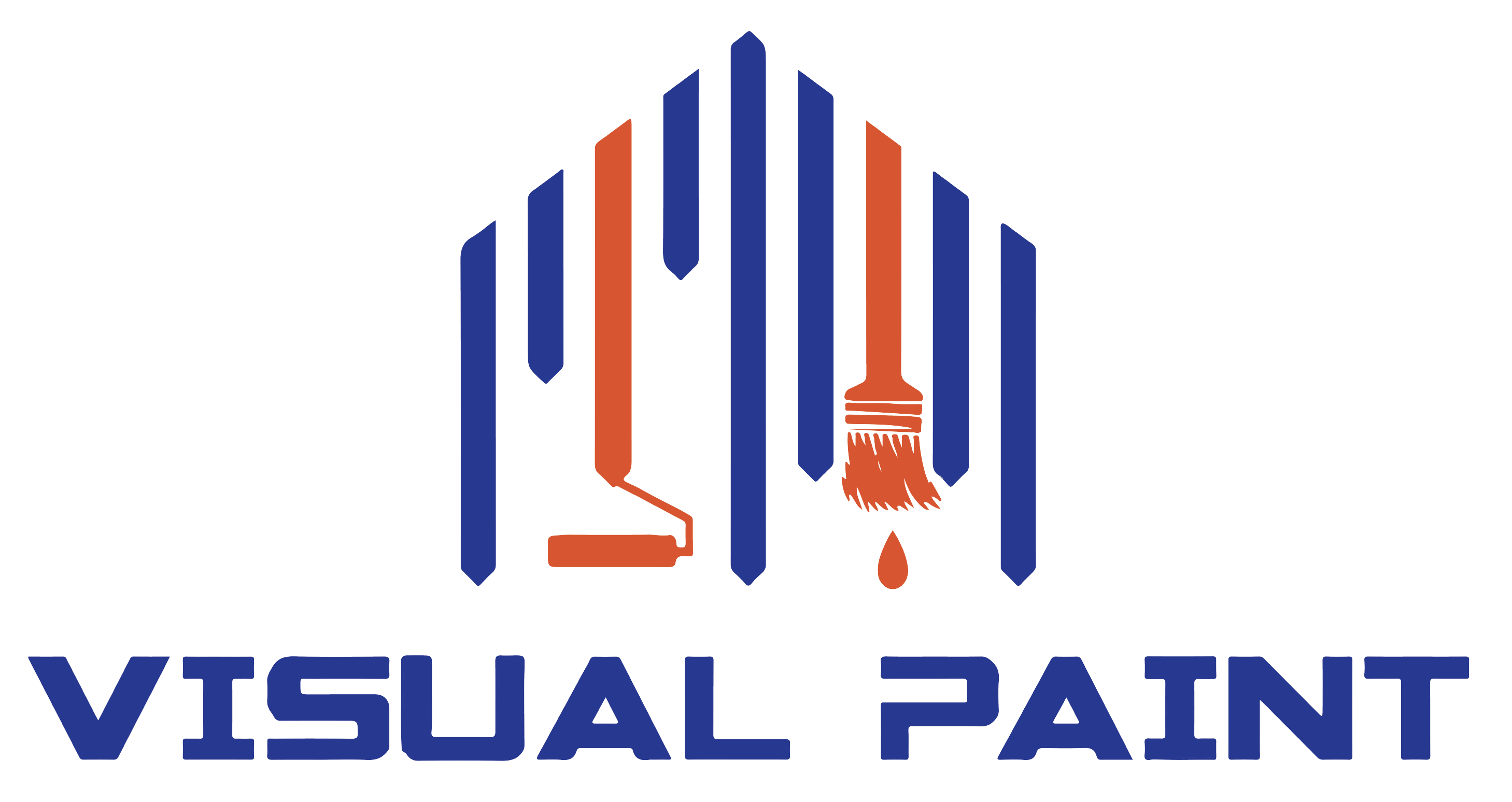How to Prepare Your Southfield Home for Interior Painting: Tips for a Smooth Process

Getting your home ready for an interior painting project doesn’t have to be stressful. With a little preparation, you can make the process easier and ensure the best possible results. Whether you’re tackling a single room or refreshing your entire house, proper planning will save time, protect your belongings, and allow your painters to focus on delivering high-quality work.
Here’s how to get your Southfield home ready for its transformation.
Why Preparation Matters
Preparation is key to a successful paint job. It ensures the paint adheres well, keeps your belongings safe, and helps avoid unnecessary delays. Without it, you might face issues like uneven finishes, paint splatters on furniture, or damage to floors.
When surfaces are properly cleaned and repaired, paint adheres more effectively, resulting in a smoother finish. Protecting your floors and furniture prevents costly damage and keeps your belongings in top condition. Additionally, well-prepared spaces allow painters to work more efficiently, reducing the time it takes to complete the project and minimizing disruptions to your routine.
Ultimately, thorough preparation contributes to the durability and overall quality of the final results, giving your home a polished, professional appearance.
Declutter and Protect Your Space
Start by clearing the areas where the painting will take place. Here’s how to tackle it step by step:
- Move Furniture: Shift large furniture to another room if possible. For pieces that are too bulky, place them in the center of the room and cover them with plastic sheeting or drop cloths to shield them from dust and paint.
- Remove Wall Décor: Take down artwork, mirrors, curtains, and curtain rods. Wrap delicate items in protective material to prevent damage during storage.
- Protect Your Floors: Lay down heavy-duty drop cloths or plastic sheeting to catch any drips or spills. Use painter’s tape to secure the coverings and ensure they don’t shift during the project.
Taking these steps ensures that your belongings stay clean and undamaged during the painting process. It also gives painters easier access to walls and ceilings.
Prepare the Walls
Your walls need a bit of care before they’re ready for a fresh coat of paint. Here’s what you should do:
- Clean Surfaces: Dust, dirt, and grease can prevent paint from sticking properly. Use a soft sponge with mild soap and water to clean the walls. For tougher stains, consider using a gentle degreaser. Let the walls dry completely before the painters arrive.
- Repair Imperfections: Fill in small holes, dents, or cracks with spackling paste. Use a putty knife to smooth it out, and sand the area once it’s dry to create a flawless base for the paint.
- Prime if Needed: Some surfaces, like dark or stained walls, may require a primer to ensure even coverage. Primer also helps with durability and hiding imperfections. Your painter can advise you on whether this step is necessary.
Well-prepared walls create the foundation for a beautiful and long-lasting paint job.
Note: Most professional painters will take care of these steps for you, but it’s always good to know what goes into the process. And some minor cleaning and repair work can help streamline your paint job.
Optimize the Painting Environment
Creating the right environment can make a big difference in the painting process:
- Ventilation and Temperature: Good airflow helps paint dry evenly. Open windows or use fans to improve ventilation. Maintain a consistent room temperature within the range recommended on the paint can label.
- Lighting: Ensure there’s adequate lighting in the space. This allows both you and the painters to spot imperfections more easily. Use bright, even lighting to reveal details that might otherwise go unnoticed.
Setting up the right conditions ensures the paint goes on smoothly and dries properly.
Pro tip: Ask your painters how what temperature your home should be when they arrive and the best ways to set up lighting and ventilation. They will typically take care of this to ensure the best results possible, but it’s always helpful to ask.
Plan Temporary Room Use
Painting can disrupt your daily routine, so it’s a good idea to plan ahead:
- Alternative Sleeping Arrangements: If bedrooms are being painted, consider staying in another room or even with friends or family for the night. This helps avoid fumes and allows the paint to dry undisturbed.
- Kitchen Adjustments: For kitchen painting projects, plan meals that don’t require cooking, or set up a temporary kitchen and dining area in another part of your home.
- Pet Care: Pets can be sensitive to paint fumes and may get stressed by the commotion. Consider boarding them or keeping them in a secure, quiet area away from the work zone.
Planning ahead ensures your household can function smoothly while the painting project is underway.
Perform a Final Walkthrough
Before the painting starts, take a few minutes to do a final walkthrough with your painters:
- Double-Check Preparations: Ensure all furniture, floors, and other items are properly protected.
- Discuss Priorities: Confirm any specific concerns, like areas needing extra attention or preferred approaches to tricky spaces.
- Address Last-Minute Questions: If you’re unsure about anything, ask your painters for guidance. A quick check-in can prevent misunderstandings and ensure a smooth process.
A final walkthrough helps set clear expectations and ensures you and your painters are aligned before the project begins.
How Professional Painters Prepare Your Home
When you hire professional painters, they handle many of the preparation steps for you, saving you time and effort. Here’s what you can expect:
- Protective Coverings: Professionals will cover floors, furniture, and windows with protective materials to prevent accidental drips or spills. They’ll also ensure curtains and blinds are safely stored away.
- Taping and Edging: They’ll carefully tape edges and corners to create clean lines and protect surfaces like baseboards, trim, and light fixtures.
- Wall Cleaning and Repairs: Professional painters often take care of cleaning the walls to remove dirt, grease, or stains. They’ll also fill cracks, patch holes, and sand uneven surfaces to prepare the walls for painting.
- Priming if Necessary: If the walls require priming, professionals will apply it evenly to ensure the paint adheres properly and provides even coverage.
- Ventilation and Cleanup: They ensure proper airflow during the job and handle thorough cleanup afterward, leaving your home spotless and ready to enjoy.
With these tasks in expert hands, you can feel confident knowing the painting process will be efficient and stress-free.
Ready for Your Southfield Home’s Fresh Look?
With a bit of preparation and the help of skilled professionals, your painting project can be smooth and stress-free. If you’re ready to transform your home, Visual Paint is here to help. Contact us today for a free quote and let’s bring your vision to life.
